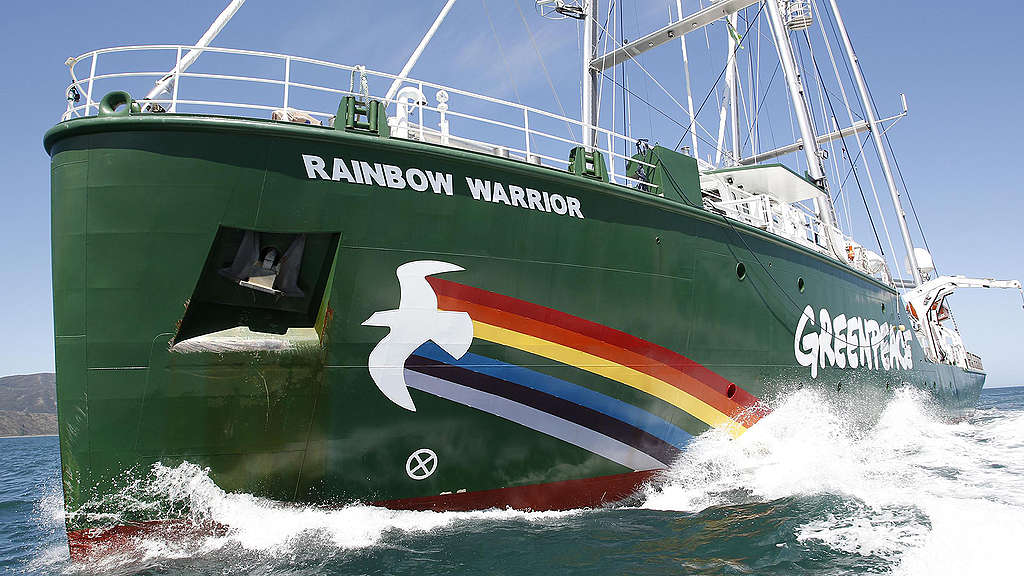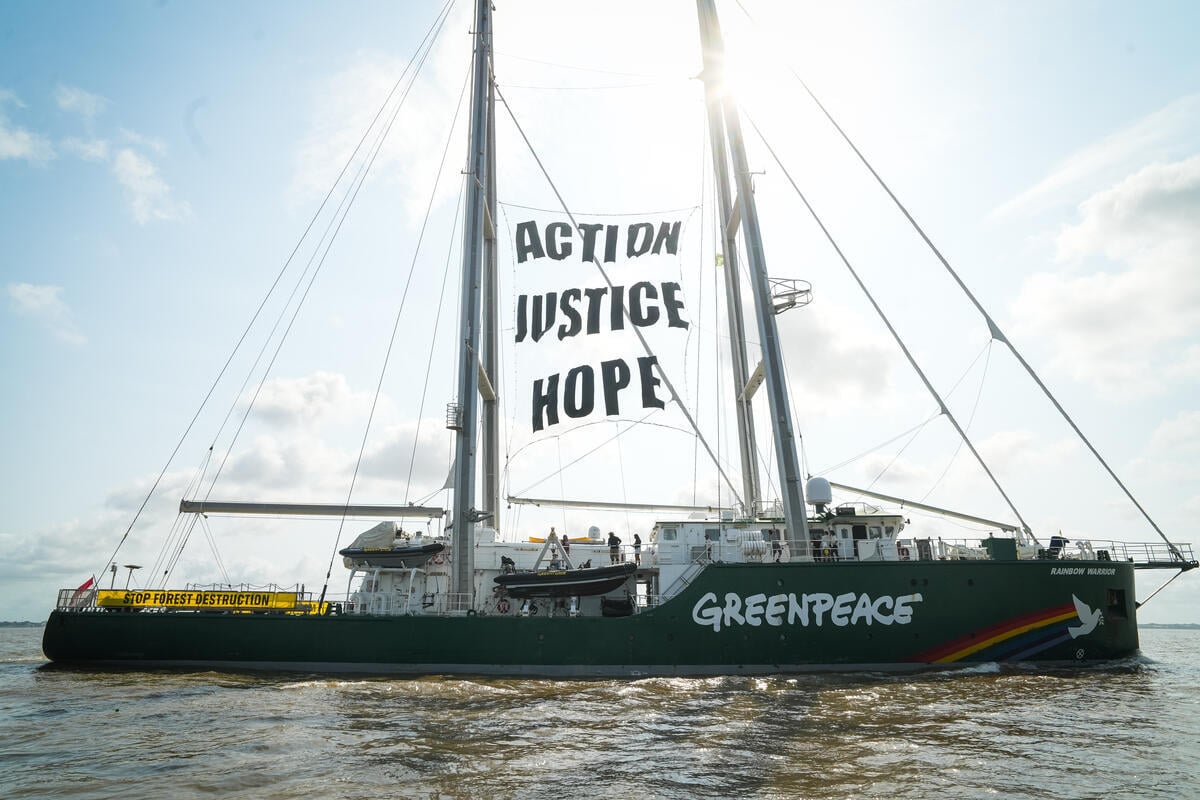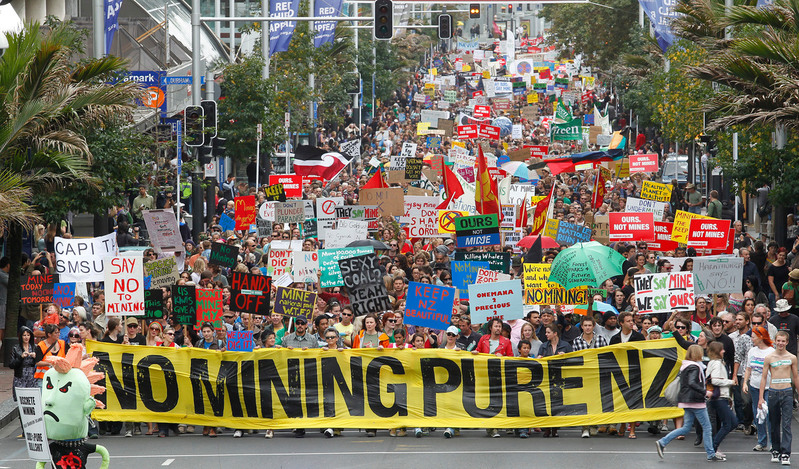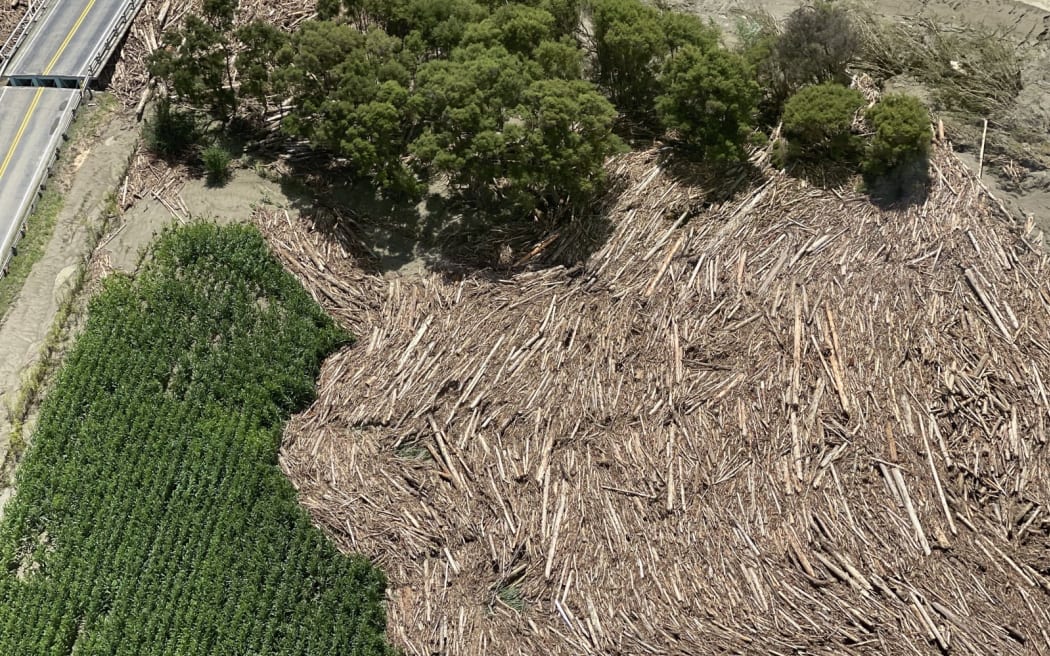As I watched the live stream of Balenciaga’s Fall 24 collection on December the 3rd 2023, it was the first time the house had held a show in Los Angeles city. The luxury house took over a mansion-lined street with a direct view of the Hollywood sign to show its latest collection, drawing guests from Nicole Kidman to Kim Kardashian and Salma Hayek.
Part of the show was a collaboration with Erewhon, an uber-trendy upscale B Corp food market releasing a charcoal juice drink, logo tote bags and thermal cup. “It was so iconically L.A. on every level,” declared Lisa Rinna also in attendance. I wondered, does this elite fashion crowd realise they are being booed and wooed by its beloved Balenciaga and the world all at the same time? Demnas Gvasalia, the designer’s tongue-in-cheek stunt commentary on climate change was on display again, but when we have a real climate crisis upon us, is this climate faux pas applaudable?
Fashion as an industry is a goliath of pollution. In 2023, the fashion industry is ranked 6th biggest polluting industry in the world.
Unnecessary overproduction of clothing is a leading cause of climate change and pollution, and the fashion industry needs to move further and faster to drive climate action.
Only three days earlier Greenpeace USA, in a dramatic video projection, virtually doused the same iconic Hollywood sign that Balenciaga paraded under in oil and set it on fire. Greenpeace USA is the first activist organisation to transform the Hollywood Sign with a projection.
The sight of the sign ablaze in the Hollywood sky with images of extreme weather events impacting California calling out major oil companies for fueling the climate crisis should have stopped us in our heels, but the show must go on. “The Hollywood sign is on fire but we are still selling shoes” writes Alec Leach. Fossil fuel companies are making billions in profits and those who did the least to cause the climate crisis are left to pay the bill. The powerful visual statement demands US President Joe Biden and other world leaders deliver real climate action at the United Nations’ COP28 climate summit in Dubai. All of this in a space of a few days the Hollywood sign has never been so busy.
“To survive and create a more liveable world for the future, we need a reckoning that forces fossil fuel polluters to stop drilling and start paying. They must begin to fix the dramatic damage they’ve caused for decades. The solutions are ready, and a fast and fair transition to renewable energy is possible — in California, the United States, and beyond. Our people and planet deserve a ‘Hollywood’ ending.” Tefere Gebre, Greenpeace USA Chief Program Officer
Greenpeace is campaigning on top of the Hollywood sign while Balenciaga is postering beneath, so it begs the question when will fashion elitists and climate activists come to an alignment on values for the greater good of all, and when will Hollywood and L.A. be iconically known for talking the talk & walking the walk not just the catwalk on climate action.
The fashion world is captivated by the aesthetic of climate change that Balenciaga taunts, accessorised by healthy lifestyle choices and add ons but when and how will this captivation become action and change? The answer to this is certainly not the moral position of Balenciaga nor the projections of Greenpeace. We need to have action from fashion elitists and industry, as it’s the action of the world that they both inspire that will make the change we need. We must take our own best individual actions and support organisations that speak truth to power and polluters and pressure them to do more. Luxury brands like Balenciaga have always had a powerful trickle-down effect. Remember the Devil Wears Prada and the cerulean sweater scene?
Does climate commentary from brands like Balenciaga have an impact to affect consumer choices or fast fashion brands like Shein that produce 90% of their clothing from polyester? Not everyone can afford Balenciaga and we definitely can’t afford to continue on this path, so how do we close this gap of price points and narratives? And how do we turn the trickle-down effect into a pour-up of impact for organisations like Greenpeace?
The era of consumerism must come to an end. Fast food, fast fashion, single-use plastic, and all this unsustainable consumption is driving a vicious cycle of environmental destruction and injustice.
“Buy Less, Choose Well, Make it Last” – Vivienne Westwood
We have to work to make sure that our human economies function within nature’s limits. Let’s define ourselves not by what we own but through our experiences and relationships. Not by what we consume but by what we contribute.
Greenpeace’s stance remains unwavering, the devastating impact of the climate crisis, disproportionately affecting vulnerable communities, necessitates an immediate response from world leaders. The time for action is now.

Take action for environmental protection. Please make a donation today. Greenpeace exists because this fragile earth deserves a voice. It needs solutions. It needs change. It needs action.
DonateMore reading:
Fashion greenwash: how companies are hiding the true environmental costs of fast fashion
How fast fashion fuels climate change, plastic pollution and violence



